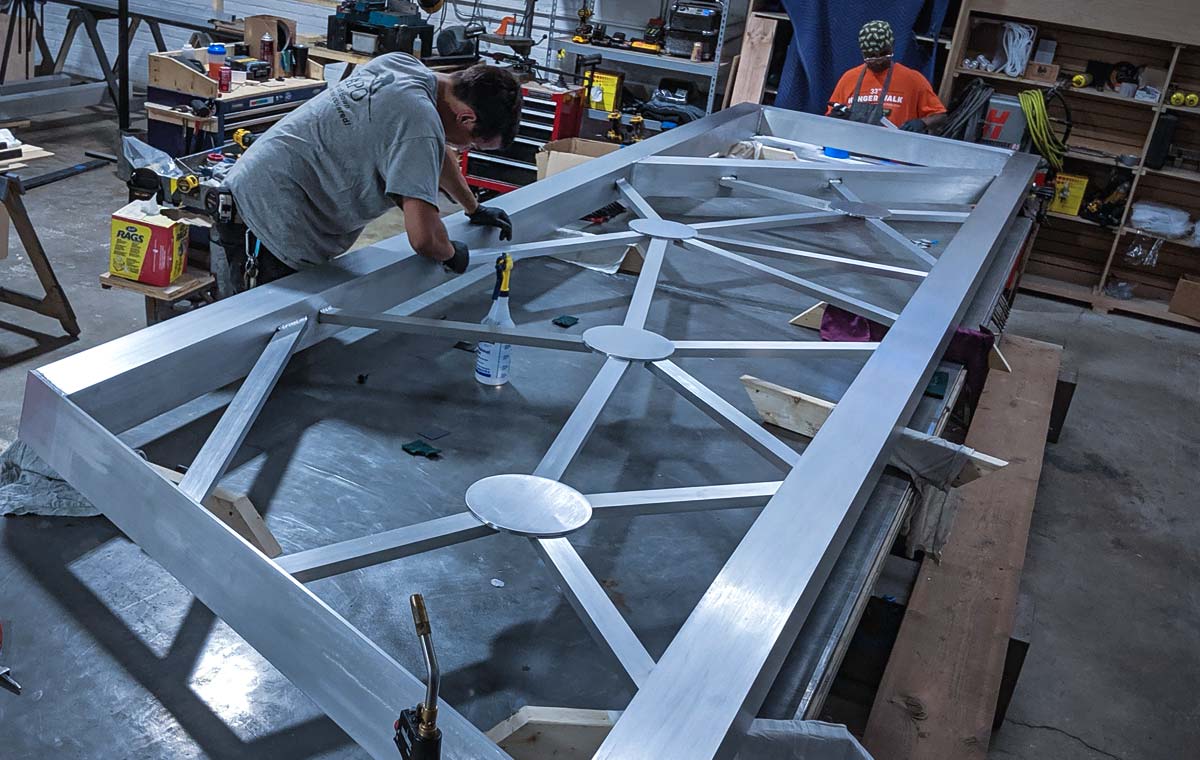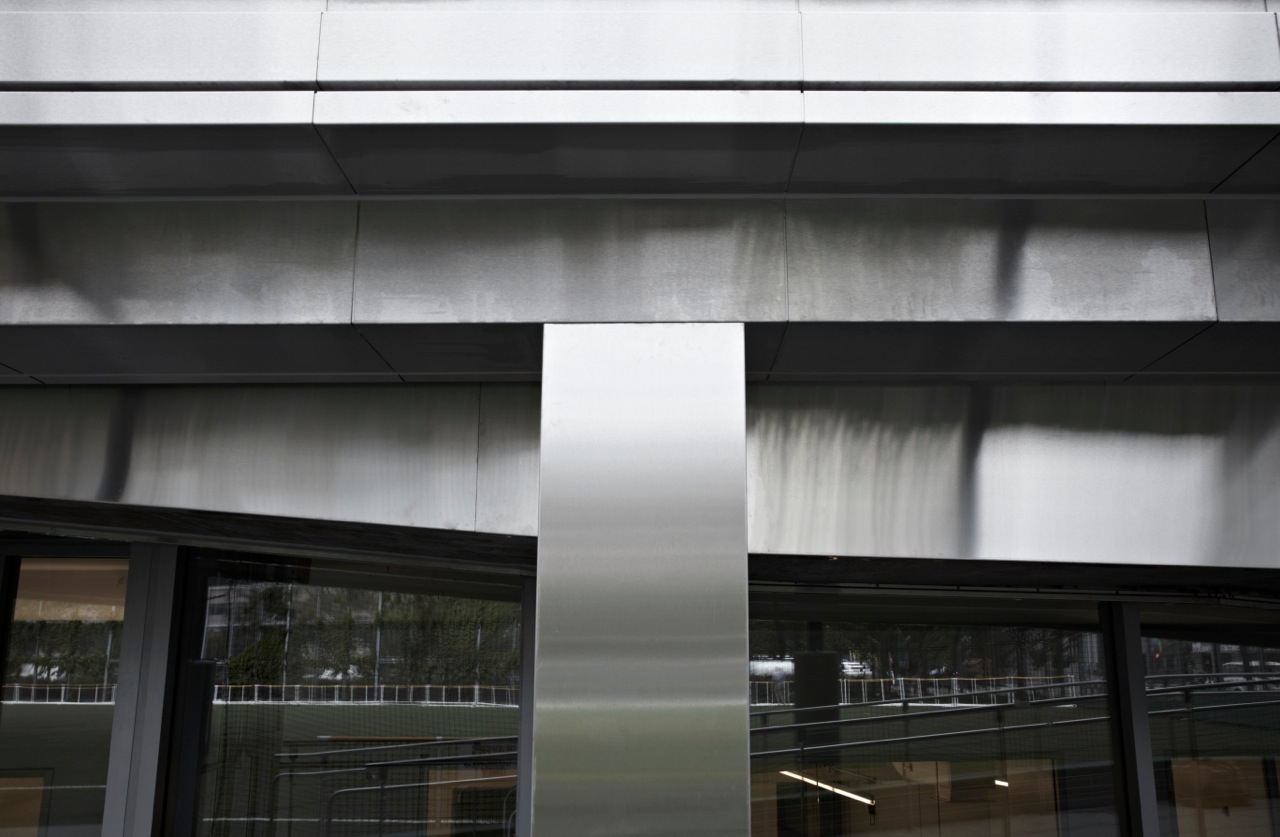In today’s rapidly evolving world of architecture and design, the choice of materials can significantly influence the aesthetic and functional outcomes of a project. One material that has stood the test of time, offering both beauty and durability, is Brass for architectural fabrication. Known for its versatile applications and classic appeal, brass continues to be a preferred choice for architects and designers worldwide.

What is Brass?
Brass is an alloy primarily composed of copper and zinc. The proportions of these two metals can be varied to create different types of brass, each with its unique properties. This adaptability makes brass an ideal choice for various architectural projects.
History of Brass in Architecture
The use of brass in architecture dates back to ancient times. Its golden hue and resistance to tarnish made it a popular choice for decorative elements in buildings. Throughout history, brass has been used in various forms, from intricate door handles to majestic stair railings.
Brass in Ancient Architecture
In ancient Rome and Greece, brass was commonly used for decorative purposes. Its ability to withstand environmental conditions made it a favorite for architectural metals that required longevity.
Evolution in Modern Designs
As architectural styles evolved, so did the use of brass. In modern architecture, brass is often used for its aesthetic appeal, providing a warm, inviting look that complements both traditional and contemporary designs.
Benefits of Using Brass in Architectural Fabrication
There are several benefits to using brass for architectural fabrication. These advantages make it an attractive option for architects and designers.
Aesthetic Appeal
Brass offers a unique, warm color that can enhance the visual appeal of any structure. Its reflective properties add a touch of elegance and sophistication.
Durability and Longevity
One of the key benefits of brass is its durability. It can withstand harsh weather conditions, making it an ideal choice for both indoor and outdoor applications.
Corrosion Resistance
Brass is highly resistant to corrosion, ensuring that it retains its appearance and integrity over time.
Versatility in Design
The versatility of brass allows it to be shaped and molded into various forms, making it suitable for a wide range of architectural elements.
Applications of Brass in Architecture
Brass can be used in numerous architectural applications, each benefiting from its unique properties.
Decorative Elements
Brass is often used for decorative elements such as door handles, light fixtures, and trim. Its ability to be polished to a high sheen makes it a favorite for adding a touch of luxury.
Structural Components
In some cases, brass is used for structural components due to its strength and durability. It can be found in railings, balustrades, and other supportive elements.
Modern Innovations
With advancements in technology, brass is now being used in innovative ways, such as in architectural metal facades and other cutting-edge designs.
Maintaining Brass in Architectural Fabrication
While brass is known for its durability, proper maintenance is essential to ensure its longevity.
Cleaning and Polishing
Regular cleaning and polishing can help maintain the luster of brass. Using non-abrasive cleaners will prevent scratches and damage.
Protective Coatings
Applying protective coatings can help prevent tarnish and extend the life of brass elements in architectural projects.
Choosing the Right Brass for Your Project
When selecting brass for architectural fabrication, it’s essential to consider the specific needs of your project.
Consulting with Experts
Consulting with experts in architectural metal fabrication can help ensure that you choose the right type of brass for your needs.
Understanding Brass Types
Different types of brass offer various properties. Understanding these differences can help you make an informed decision.
Environmental Impact of Brass
Brass is a sustainable choice for architectural fabrication due to its recyclability.
Recyclability
Brass can be recycled without losing its quality, making it an eco-friendly option for construction projects.
Energy Efficiency
The production of brass requires less energy compared to other metals, contributing to its sustainability.
Future Trends in Brass Fabrication
The future of brass in architecture looks promising, with new trends emerging that capitalize on its unique properties.
Innovative Designs
Architects are increasingly using brass in innovative designs, pushing the boundaries of traditional architecture.
Technological Advancements
Advancements in technology are allowing for more precise and efficient precision cutting of brass, opening up new possibilities for its use.
Conclusion
In conclusion, brass for architectural fabrication offers numerous benefits that make it an excellent choice for modern architectural projects. Its timeless appeal, durability, and versatility ensure that it will remain a staple in the industry for years to come.

FAQs
What makes brass a good choice for architectural fabrication?
Brass is durable, corrosion-resistant, and offers a unique aesthetic appeal, making it ideal for various architectural applications.
How does brass compare to other metals in terms of sustainability?
Brass is highly sustainable due to its recyclability and energy-efficient production process.
Can brass be used in both traditional and modern designs?
Yes, the versatility of brass allows it to be used in both traditional and contemporary architectural designs.
This article contains affiliate links. We may earn a commission at no extra cost to you.

